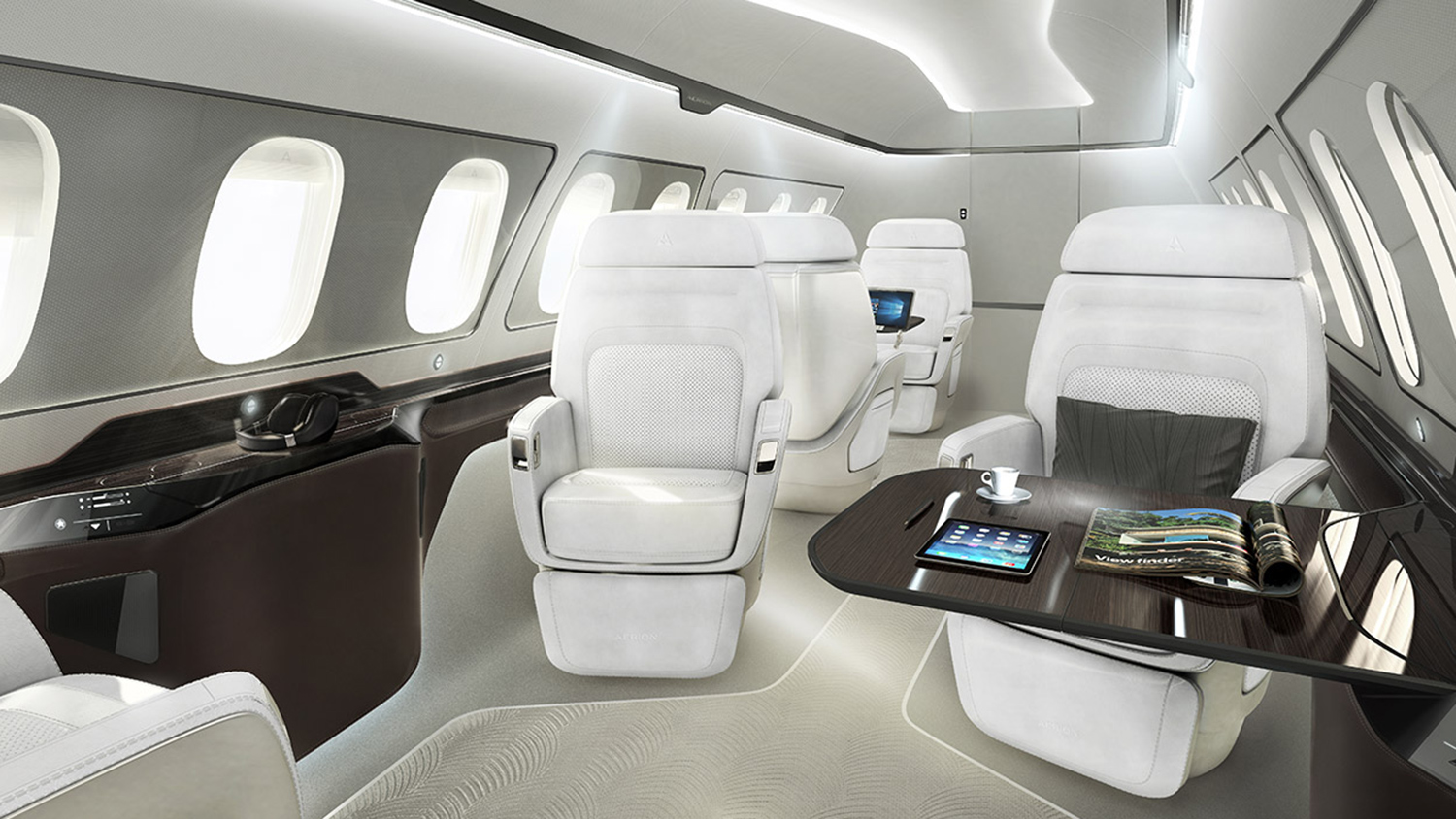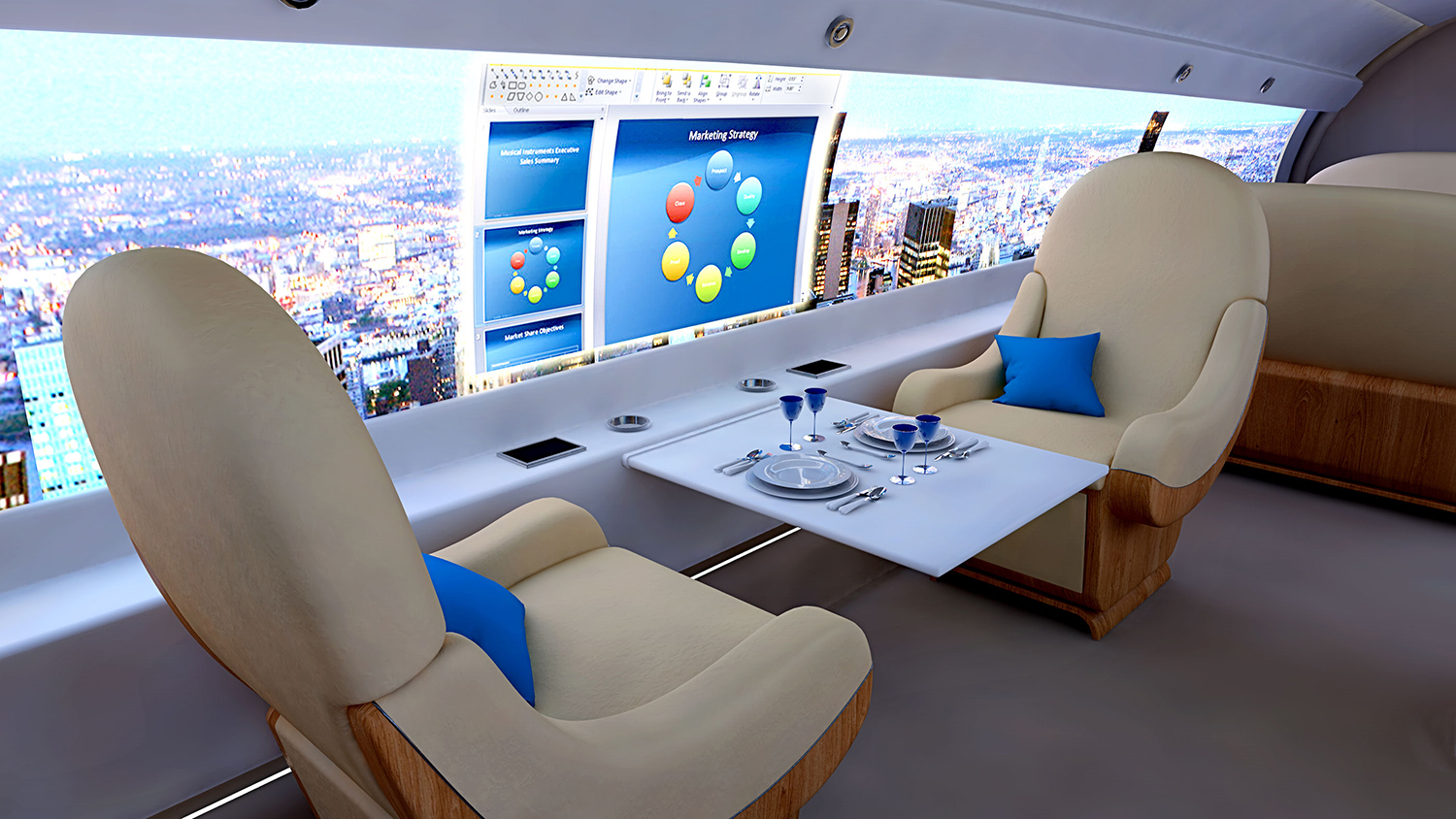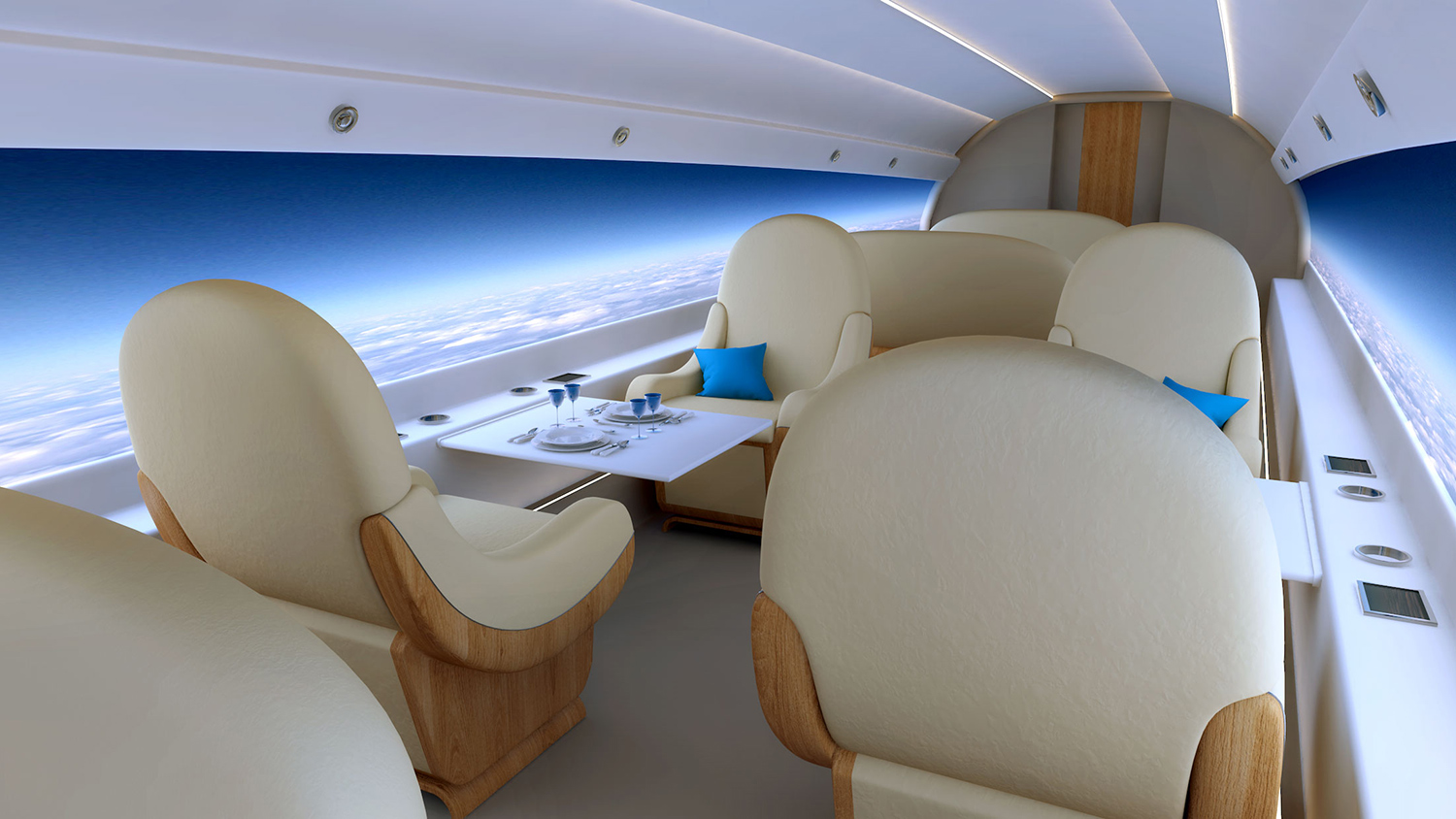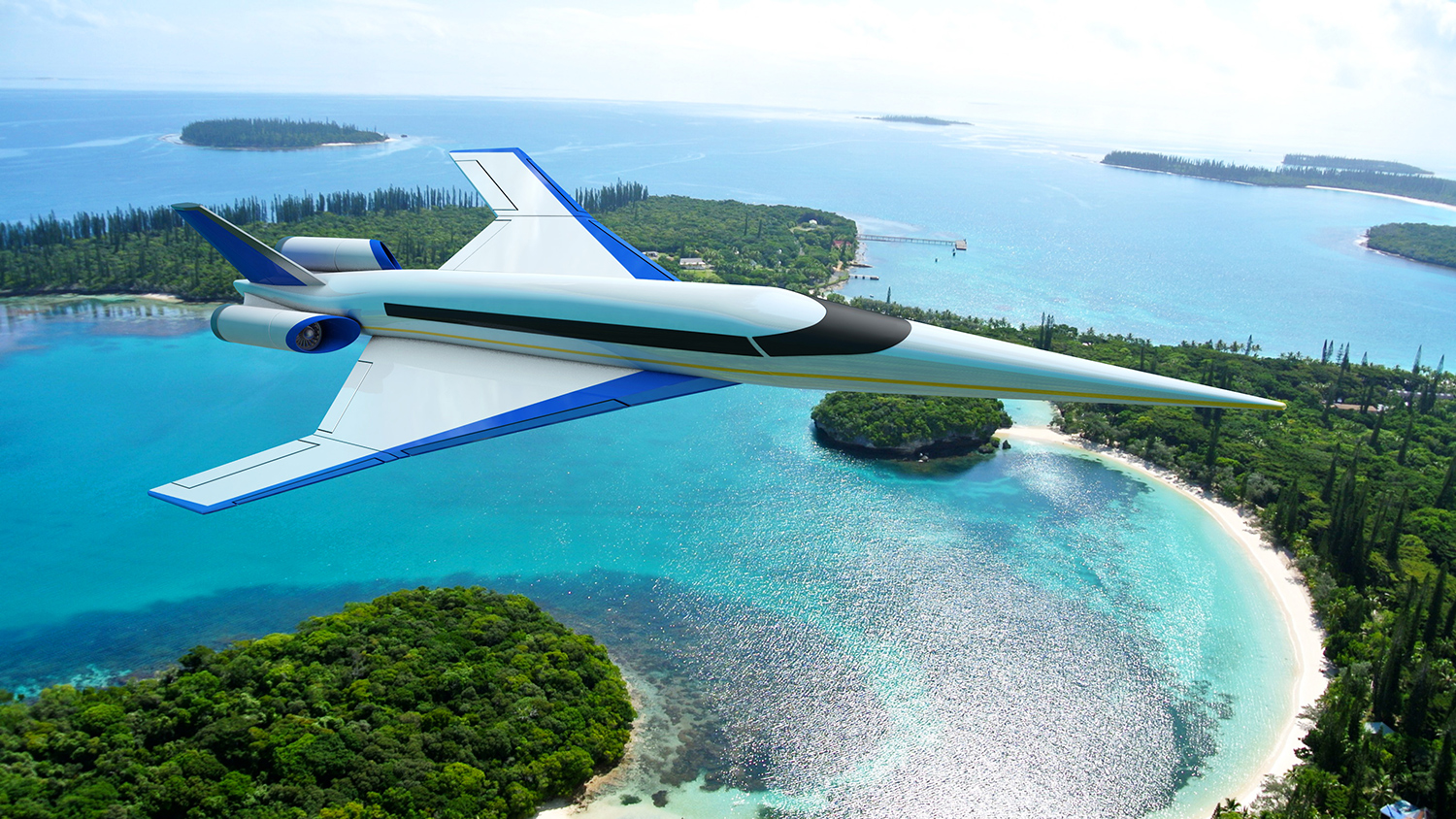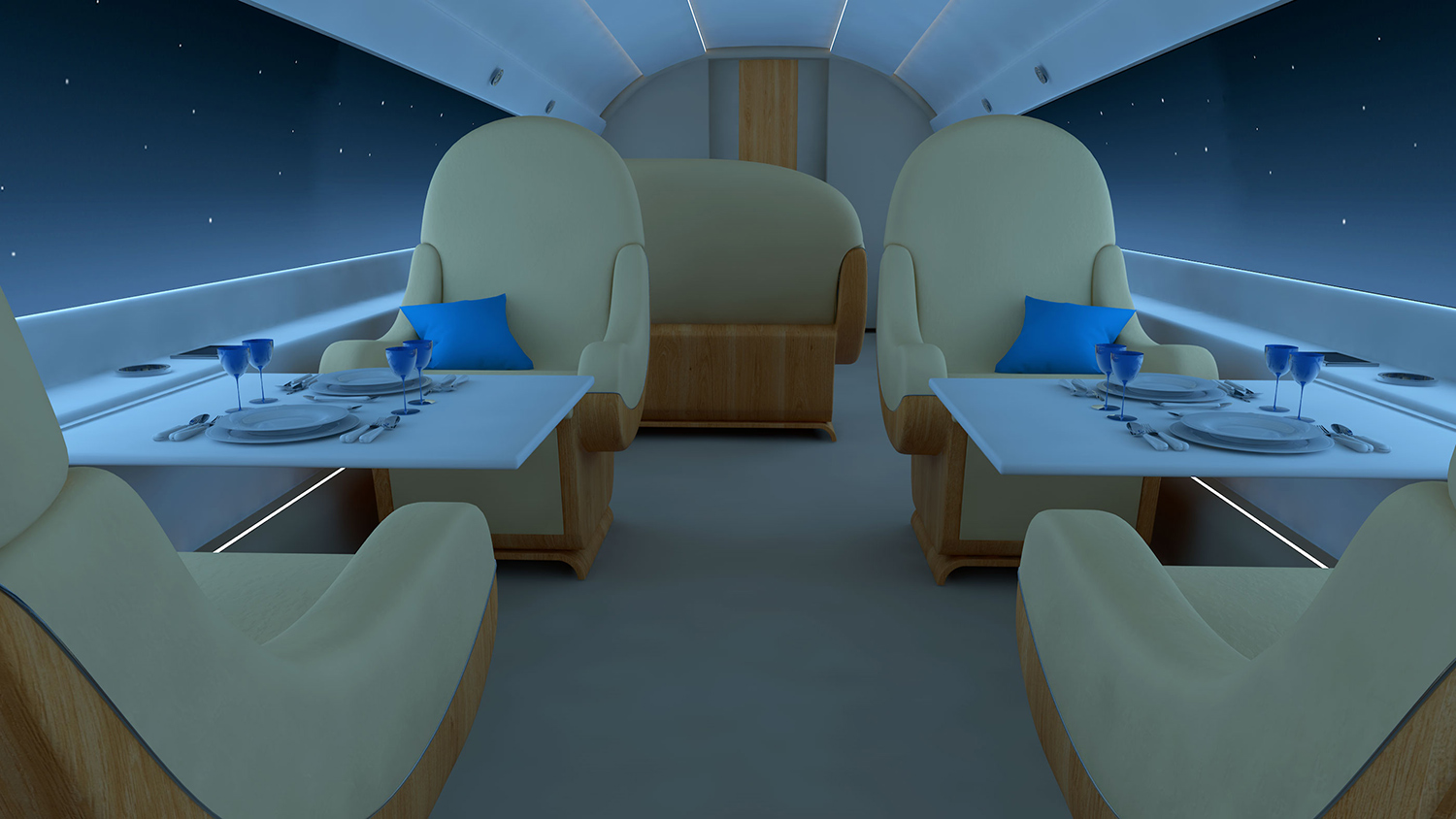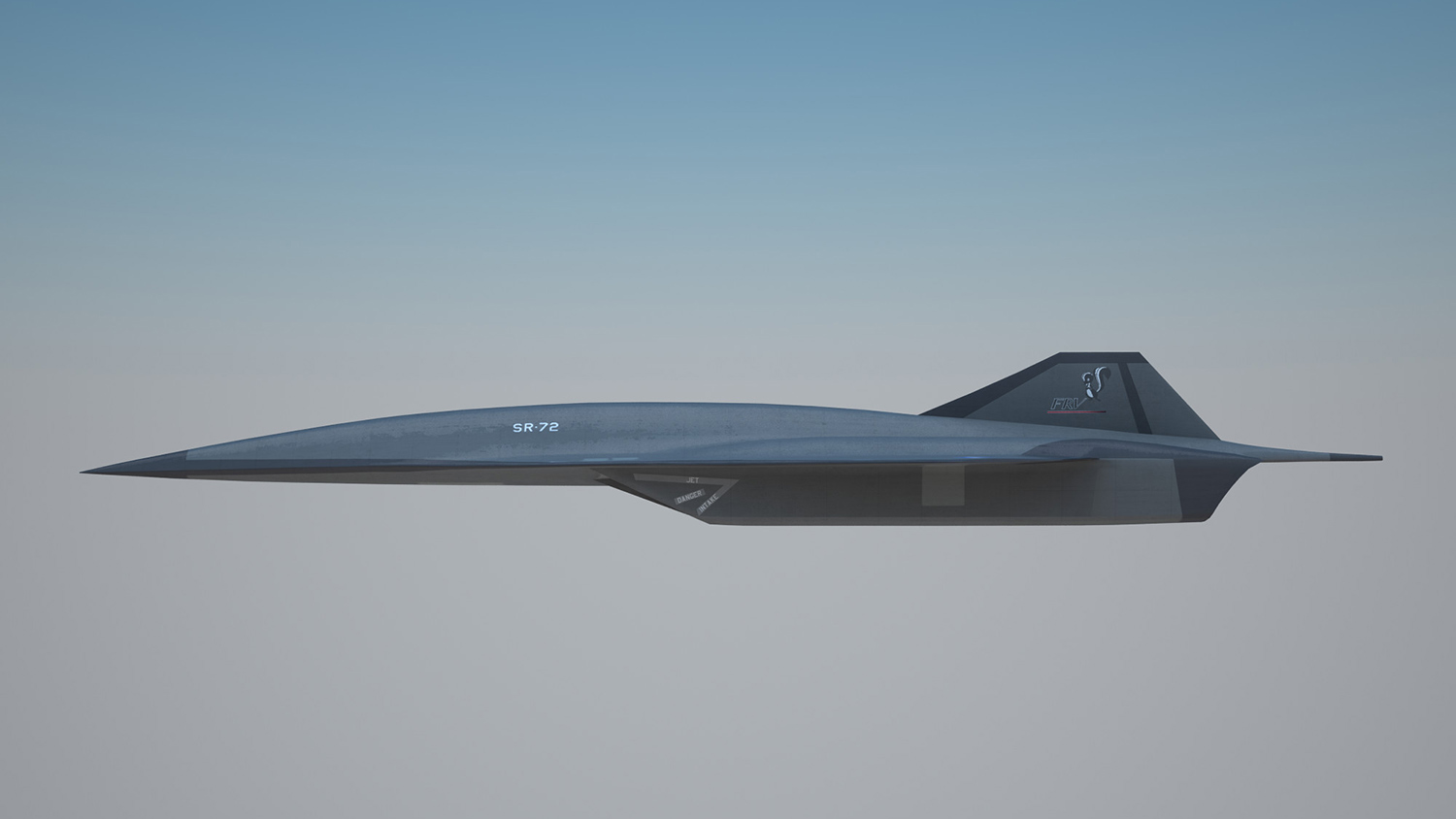There’s something about the London-to-New York route that has people dreaming about supersonic flight. We recently reported about the Skreemr (not a typo — that’s how it’s spelled, sadly), a concept scramjet that can travel at more than Mach 10, which means the high-hypersonic vehicle can fly between the two financial capitals in 30 minutes. In comparison, a regular plane takes approximately seven hours for a direct flight. Put on the Los Angeles to Sydney route, it can make the trip in 1.5 hours.
But the concept is just that: a vision for a design that may never leave the paper it’s drawn on. For decades there have been numerous proposals for high-speed air travel. Except for the Concorde and the Tupolev Tu-44, most remain theoretical machines.
Research into supersonic and hypersonic travel won’t stop, but that doesn’t mean we’ll see jets go into production anytime soon. Supersonic planes still need to figure out how to minimize sonic booms. Chris Goyne, a professor of mechanical and aerospace engineering at the University of Virginia in Charlottesville, told Forbes that while there’s interest in developing hypersonic jets for commercial purposes, they aren’t yet economically feasible — an issue the Concorde faced — and won’t be for at least another 25 years.
Goyne also said current computer simulations aren’t accurate enough to predict performance, not to mention what effects it would have on humans when traveling at that speed. But it’s still early days for hypersonic research. Boeing is already testing its unmanned X-51 WaveRider scramjet with success. So one day in the future, there may finally be an ultra-fast transatlantic replacement for the Concorde.
Here’s a look at recent concepts that have us dreaming.
Airbus Concorde 2
Airbus’ precursor, Aérospatiale, was the co-creator of the Concorde, a supersonic plane that traveled at Mach 2 and flew 3.5 hours each way between Europe and New York. Airbus recently filed a patent for a new aircraft that would be even faster, flying at Mach 4.5. Not quite hypersonic, but at that speed, it would cut the transatlantic travel time to one hour; it would take just three hours to fly between San Francisco and Paris or Los Angeles and Tokyo. The problem that plagues this sequel is the same that its predecessor encountered: the sonic boom effect. Too many of these jets in the air would drive people crazy. But Airbus says the new design limits that, thanks to the aerodynamics.
Aerion AS2 Supersonic Business Jet
Developed by Aerion and Airbus, the AS2 is a private, supersonic business jet for the elite. With a top speed of Mach 1.6, the $120-million AS2 can fly from New York to London in approximately four hours — essentially taking over where the Concorde left off (frankly, it was also toy for the super-rich). The 30-foot long cabin has room for only 11 passengers, which is fine, as it’ll keep it exclusive. Unlike the Concorde, the AS2 will use technology to minimize sonic boom, allowing it to possibly fly over land. What’s more exciting, compared to other concepts, is that it has a high chance of going into production. Aerion is already taking orders, with the first test flight scheduled for 2019 and delivery in 2023.
Spike S-512 Supersonic Jet
The S-512, from Boston-based Spike Aerospace, is very similar to the Aerion AS2 — almost no sonic boom, with a cruising speed of Mach 1.6. Initial designs for the 18-passenger supersonic business jet called for curved displays to cover the interior; instead of small windows, cameras would capture the exterior and project them on the displays, giving passengers the feeling of flying like Superman. The latest development shows a modified design with delta wings, but the key to eliminating the sonic boom is a fuselage that’s long, thin, and light. Early report suggests a 2018 launch, but the company itself hasn’t mentioned exact timing.
Lockheed Martin N+2 Supersonic Jet
While trans-oceanic flights are long, a transcontinental jaunt isn’t exactly a breeze either. But what if you could travel between New York and L.A. in 2.5 hours? That’s the goal of N+2, a supersonic jet developed by Lockheed Martin and NASA. Because of sonic booms, supersonic flights (i.e., the Concorde) were never allowed to fly over land. The N+2 uses new technologies and engines that suppress noise while still achieving supersonic speeds — Mach 1.7 — allowing it to travel across the country, not just over water. “To achieve revolutionary reductions in supersonic transportation airport noise, a totally new kind of propulsion system is being developed,” said Michael Buonanno, Lockheed Martin’s manager of the N+2 program. For NASA, it’s researching ways to minimize sonic boom effects, but until it does, supersonic flights over land will still be off-limits.
Lockheed Martin SR-72 Hypersonic Aircraft
Plane and military enthusiasts may remember the SR-71 Blackbird spy plane, which was capable of flying at Mach 3. Lockheed Martin’s Skunk Works is now developing the successor, the SR-72. Capable of flying at Mach 6, the unmanned aircraft “would be so fast, an adversary would have no time to react or hide,” according to Lockheed Martin. With backing from NASA, the company says the SR-72, which would use turbine-based combined cycle propulsion technology (scramjets require engine power and propulsion systems that traditional engines can’t deliver), could be operational by 2030. While the SR-72 is a proposed military aircraft, its success and deployment could lead to developments of passenger variants, such as the Skreemr.
